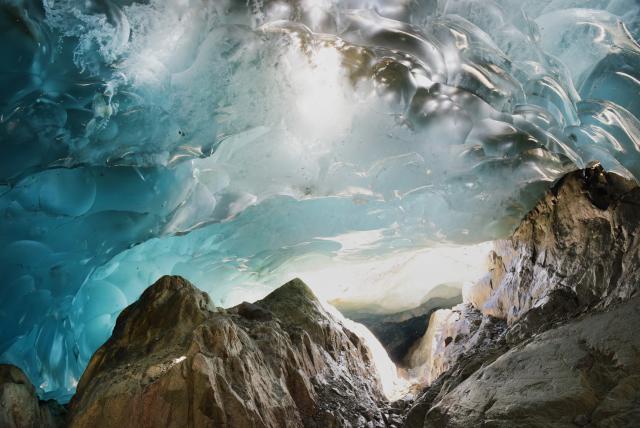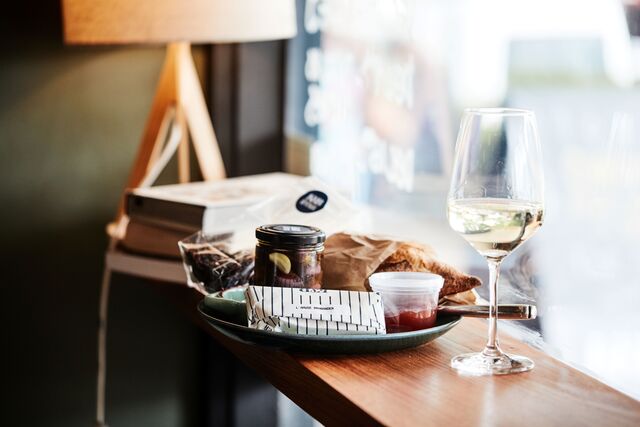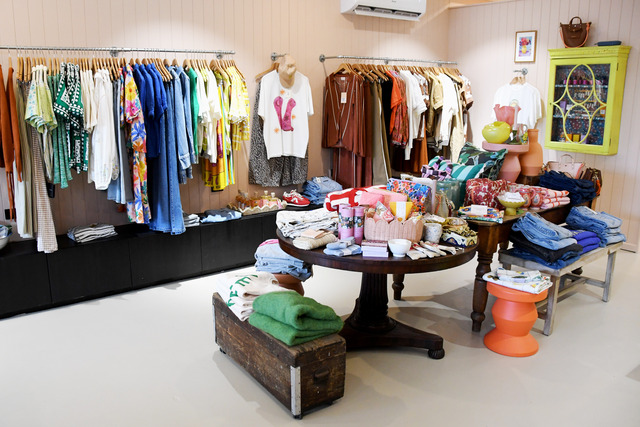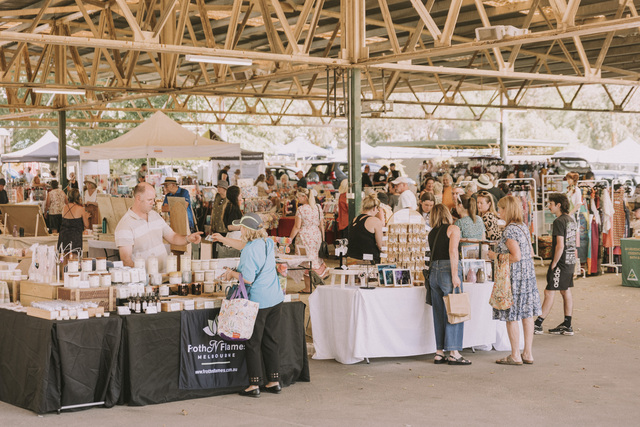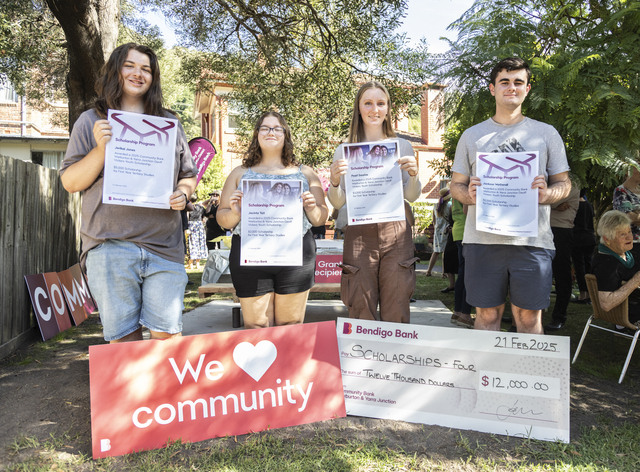An exciting and ‘down-to-earth’ exhibition will feature at the TarraWarra Musuem of Art from August to November this year.
‘The Soils Project’ is bringing together 13 contributors from Australia, Indonesia and the Netherlands in an artistic exploration of environmental change and colonisation through our land.
Director of TarraWarra Museum of Art Dr Victoria Lynn said it explores the meaning of soil both as matter and as metaphor through the eyes of the 13 artists and collectives.
“The reasons why they’re interested in soil and the idea of landscape is because they’re concerned about the impact of climate change on our environment while particularly the artists from Indonesia and Australia are also looking at the impact of colonisation on their soils, their well being, their environment and their landscapes,” she said.
“What the soil metaphor does is shows that we’re all in this ecosystem together, and soil is something that’s both very specific and very global because the soil in my garden is going to be very different to your soil.”
The exhibition is the latest development of the contemporary art museum the Van Abbemuseum in Eindhoven, Netherlands and Struggles for Sovereignty, a collective based in Yogyakarta, Indonesia exploring the colonial past of the former in the latter country through art, having since expanded into Australia.
Dr Lynn said TarraWarra worked closely with the Wandoon Estate Aboriginal Corporation, for the project, with artists meeting with Wurundjeri elders and people to learn about the value and history of the soil in the area.
“The exhibition is teaching us about the long history and geology of soil in our area, but it’s also an exhibition that is very life-affirming and very positive, and the artists are really bringing to the fore the beauty of soils and the care with which we need to treat them,” she said.
“I think putting Australian art and Australian knowledge in an international context helps us learn about where we sit in a global context and I think the whole show will teach us to appreciate our natural environment with greater depth and care.”
Some of the pieces in the exhibition capture hyperlocal history such as an installation of photos from the 1880s to now of where the Birrarung (Yarra River) and Brungergalk (Watts River) meet and earth maps of the Coranderrk Aboriginal Station in Healesville to the melting of Aletsch, the largest glacier in the European Alps and the crucial role women play in protecting land, forest, and water, particularly in the villages of Indonesia.


